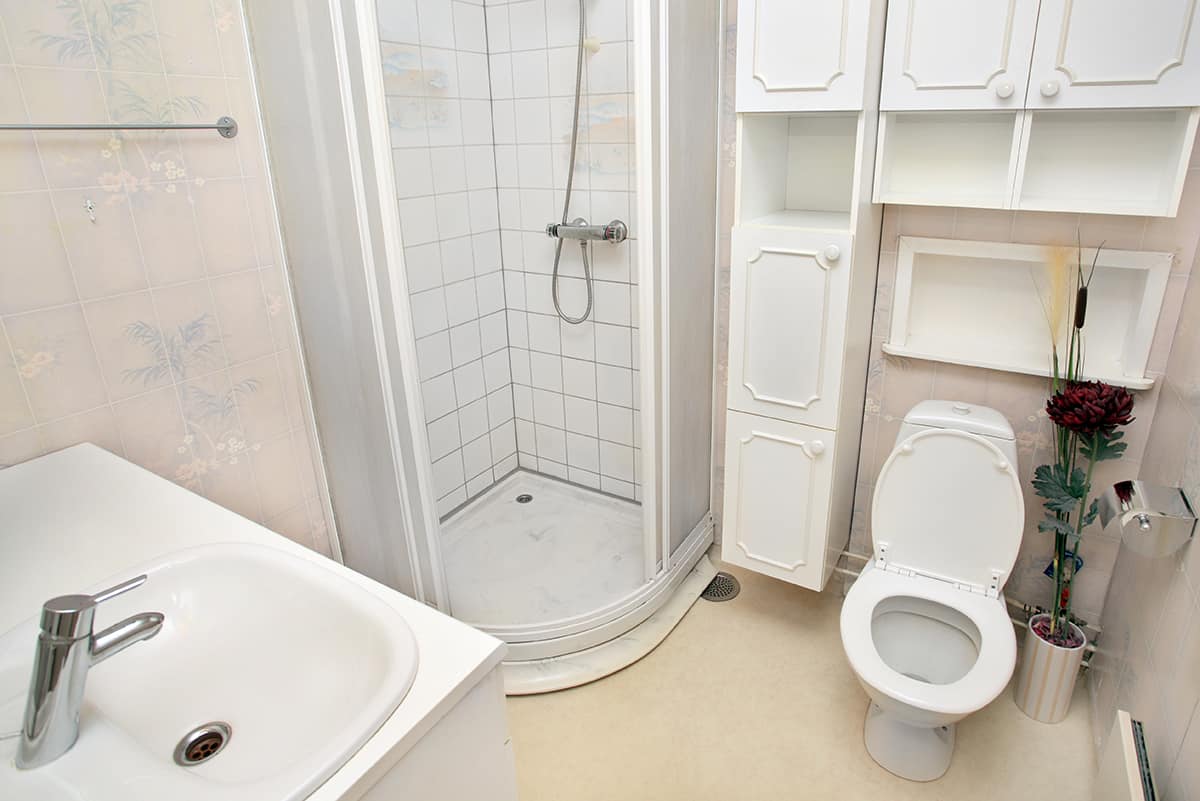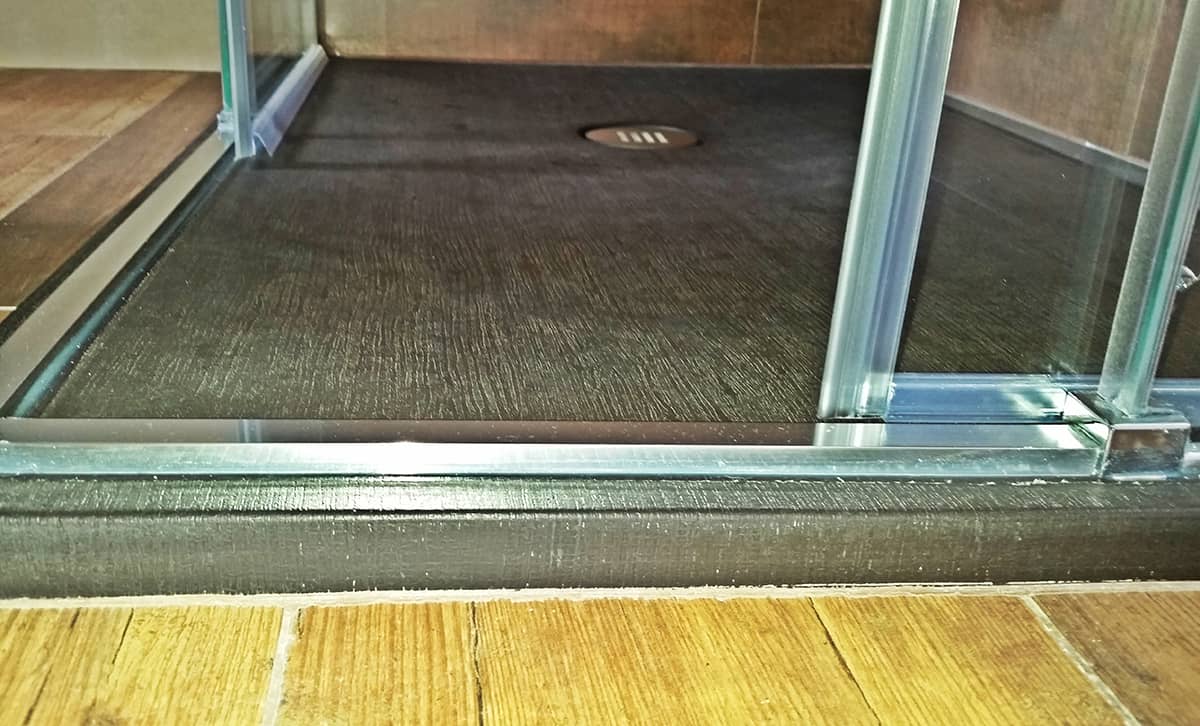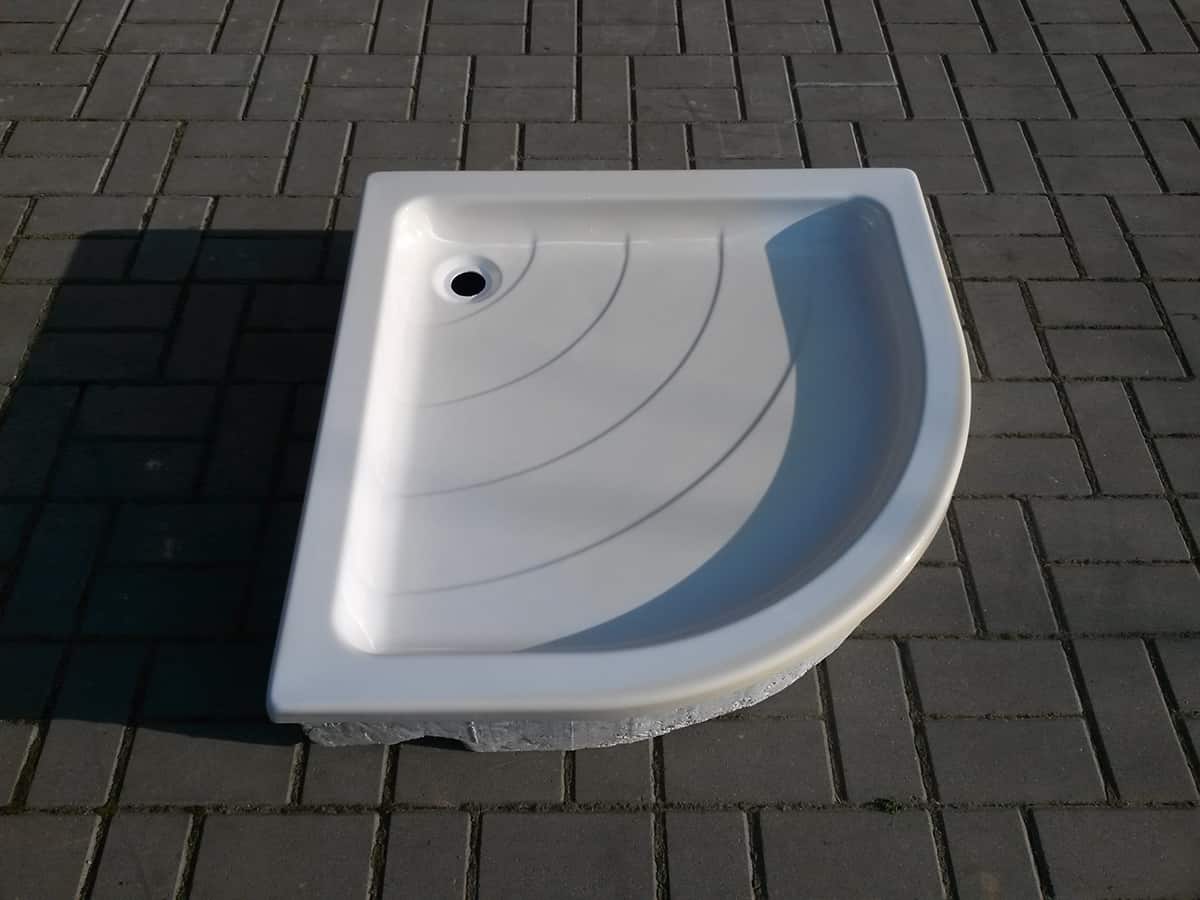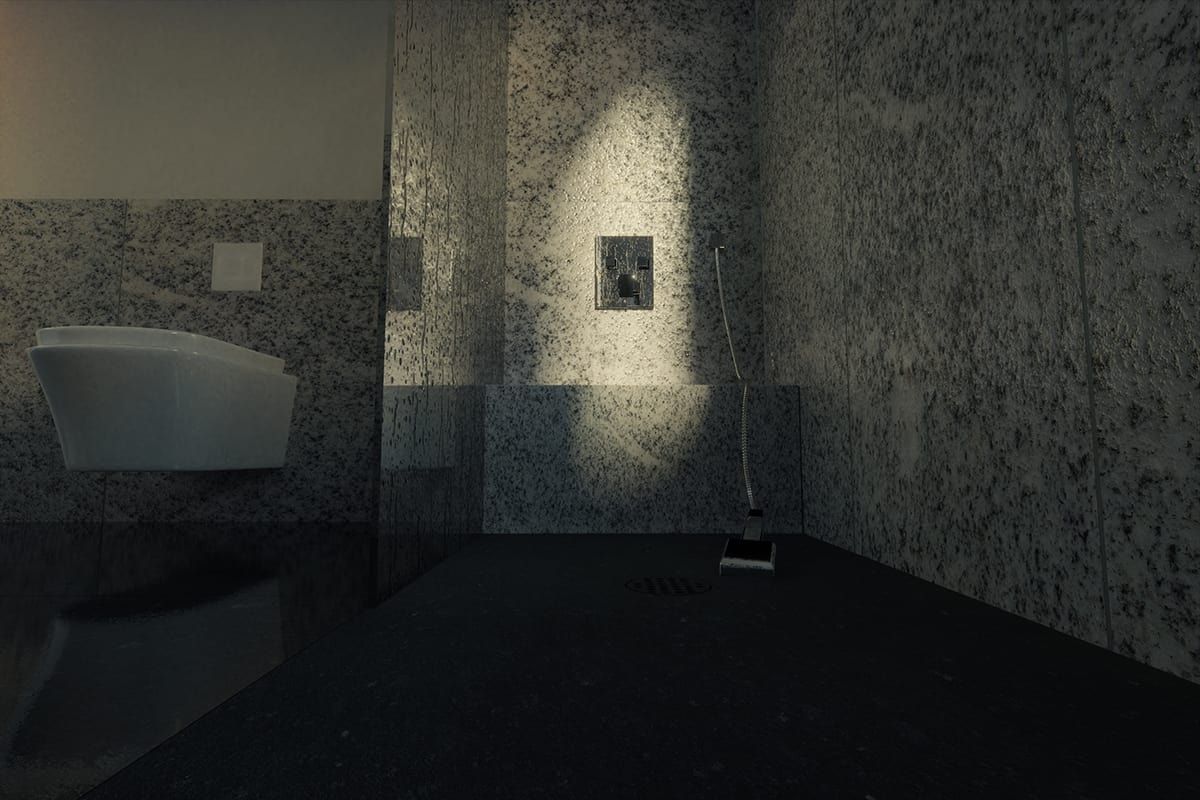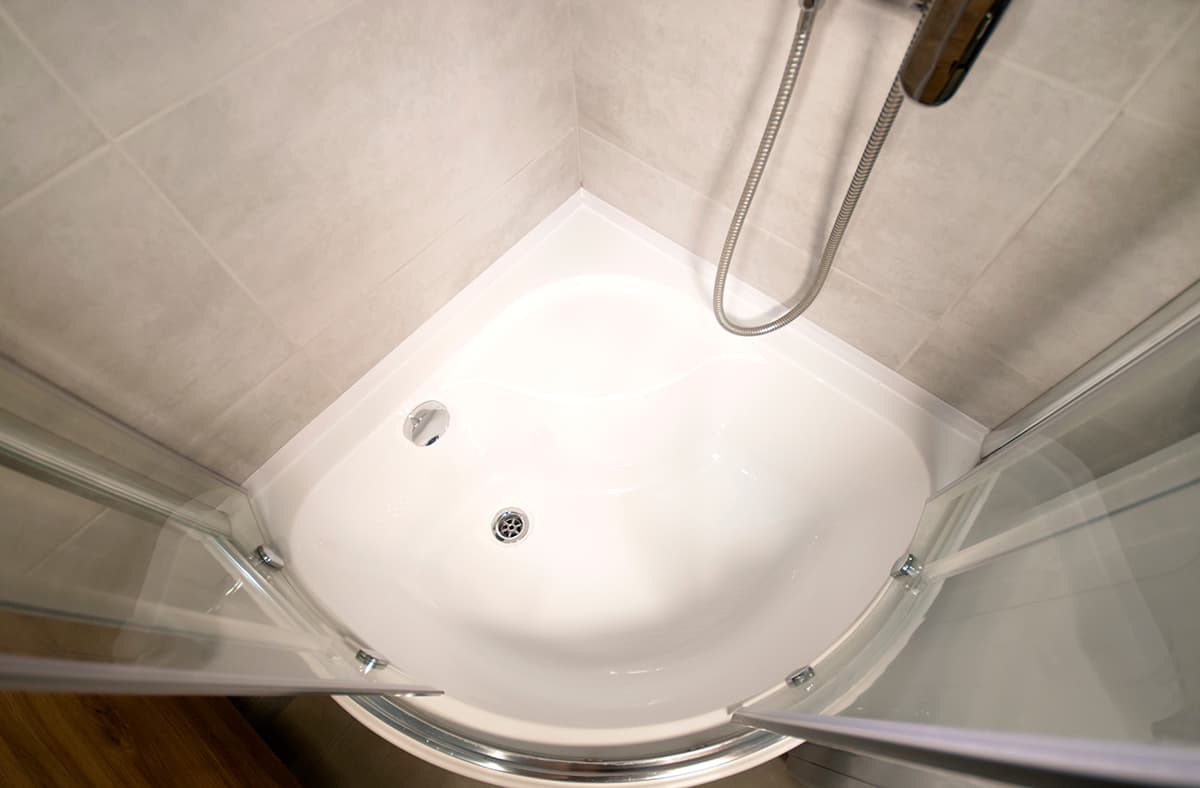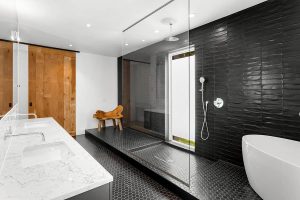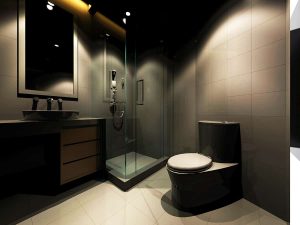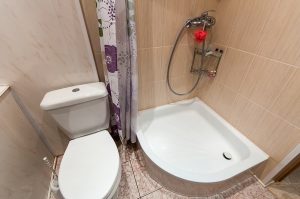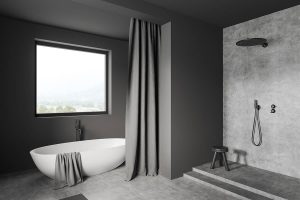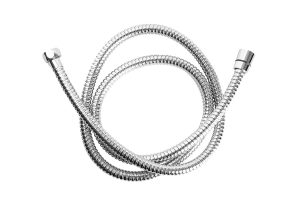Shower pans come in a range of sizes, shapes, designs, and materials to work in different types of bathrooms and suit the varying needs of the user.
What all shower pans have in common is the need to be strong and durable while also feeling comfortable underfoot. Here we explore the different types of shower pans available and consider what shower pans are made from.
What is a Shower Pan?
A shower pan is the part of a shower that the user will stand on when having a shower. It forms the base of the shower, containing the drain and working as a waterproof surface for water to run off and be carried away through the drainage system. A shower pan will usually have shower walls fitted to it on at least two or more sides, and these will create the shower enclosure to prevent water from spilling out onto the bathroom floor.
A shower pan is also referred to as a shower tray, most notably in England, where the term ‘shower pan’ has been predominantly replaced by the term ‘shower tray’. There is no difference between a shower pan and a shower tray, and they are simply two different ways of describing the same item.
Shower Pan Vs. Shower Tray
The terms shower pan and shower tray can be used interchangeably. They both refer to the base component of a shower which is installed on top of the bathroom floor.
While shower pans and shower trays can come in a range of different styles, sizes, and materials, they are essentially exactly the same thing.
What are Shower Pans Made of?
Shower pans can be made of a number of different materials. The most popular types of materials for shower pans and shower trays are those which are durable, long-lasting, and reasonably priced.
Typically this includes fiberglass and acrylic, though there are other materials that can give great results, including stainless steel shower pans, natural stone shower pans, tiled shower pans, and solid surface shower pans.
Shower Pan Types
Shower Pan Materials
When looking for a shower pan for your bathroom, identifying the material you want it to be made from is going to be one of the most important aspects. The material of your shower pan can affect how easy it will be to keep clean, the likelihood of it getting scratched or damaged, and the amount of money it costs to buy.
The material of the shower pan will also help to determine how strong and long lasting the pan will be, and the type of installation you’re going to need. Here we explore the advantages and disadvantages of different types of shower pan according to their material.
Stainless Steel
Stainless steel shower pans are extremely robust and can be expected to last for many years. As a strong material, stainless steel won’t crack or dent, though it can get scratched with regular use. Stainless steel shower pans are not amongst the most popular types of shower pans, but this has more to do with their aesthetic than their performance.
Stainless steel is corrosion resistant, easy to clean, waterproof, and long-lasting, which means in terms of functionality, it can work well as a shower pan. However, most people are used to seeing white shower pans, so a stainless steel look isn’t at the top of everyone’s wish list.
If you’re going for an industrial look, though, stainless steel represents a good aesthetic option. You can also get stainless steel in various finishes, such as gold, bronze, or rose gold, which can make for a glamorous look in a bathroom.
Concrete
Concrete is more commonly known as a building material for external projects, but it has become more popular as an interior decor material over the last decade. Anything from kitchen countertops to dining tables can be made from concrete. Shower pans can also be made from concrete, and they offer a range of benefits along with being inexpensive.
A concrete shower pan can last a lifetime, which makes it even greater value for money when you consider that you will probably never need to replace it again. Concrete shower pans are also easy to clean and maintain and resistant to chips and surface damage.
Concrete is water resistant but not completely impenetrable, which means it can harbor moisture and germs if it doesn’t dry out fully between each use. Most concrete shower pans would need to be formed in situ, since they are extremely heavy and difficult to move.
Fiberglass
Fiberglass is a type of plastic that is reinforced with glass fibers, giving it additional strength. Fiberglass is among the most common types of material used for making shower pans because it offers a lot of practical advantages while also being low-cost. Fiberglass is lightweight and easy to install, which will also drive down the installation cost.
It is durable, resistant to scratching, cracking, and denting, and it is easy to keep clean. Fiberglass shower pans are waterproof, making them hygienic because moisture will not penetrate the material and create an environment where bacteria can thrive.
Fiberglass shower pans are almost always white in color, though you can find them in other colors if you’re willing to pay a premium. Some people feel that fiberglass shower pans look cheap, which can be a disadvantage for this type of shower tray.
Porcelain
Porcelain is accepted as a conventional material to use in bathrooms, and you’ll often find sinks, bathtubs, and toilets made using porcelain. It makes sense then that shower pans are also popularly constructed with porcelain. This material is strong and durable, though it needs to be looked after carefully because it can be prone to scratches or chips if used improperly.
Porcelain has a high-end, glossy look that many people approve of in bathrooms, and it is robust enough to last for many years. One of the main drawbacks of porcelain shower pans is that they are quite expensive to buy, and they can also be more complex and, therefore more costly to install.
Natural Stone
Natural stone shower pans include those made from marble, granite, and limestone. These are luxury types of shower pans that are typically custom-made to fit a specific space. The fact that these shower pans are custom-made makes them very expensive, added to the fact that any natural stone product carries a premium price tag.
However, if you’re looking for an opulent style that exudes wealth and elegance, then natural stone is certainly the way to go. Natural stone comes in a wide range of earthy colors and is extremely durable.
Take care when cleaning a natural stone shower pan because abrasive cleaning products can dull the shine or cause staining. Natural stone shower pans will also need regular maintenance, such as being re-sealed every year or two.
Tile
Tiled shower pans were a popular feature of bathrooms toward the latter end of the 20th century, but they have begun to fall out of fashion. While tile shower pans offer an endless range of colors and styles, they can be more difficult to clean, and the grout between each tile can be prone to staining.
The benefits of a tiled shower pan include the fact that tiles are hardwearing, water resistant, and can be custom designed around the style of your bathroom. Unfortunately, installing a tiled shower pan will be more labor intensive and therefore cost more money than other alternatives, and they are more prone to leaks compared with solid shower pans made of a single piece of material.
Solid Surface
A solid surface shower pan will be created from a type of man-made stone. These are made using aggregate or mineral dust, and bound together with resins and acrylics. They will usually also contain additives to give the solid surface a particular color or finish. One of the most well-known types of solid surface materials is Corian.
Shower pans made from solid surface materials are extremely robust, hardwearing, long lasting, and stylish. They are easy to clean, require no maintenance aside from regular cleaning, and they are completely waterproof.
They can give a look similar to natural stone but are usually more affordable and offer benefits such as not being prone to staining, or requiring sealants. Solid surface shower pans are easy to install, though they are heavy so extra care with installation will be necessary.
Shower Pan Shapes
Shower pans come in several sizes and shapes to meet the needs of all kinds of bathrooms.
Square
The square shower pan is the most common. This creates a shower cubicle that is relatively compact but perfect for one person.
Rectangular
A rectangular shower pan allows more space for the user, making for a more leisurely bathroom experience. They can be useful for doorless showers to prevent water from getting out onto the floor.
Quadrant
A quadrant shower pan is ideal for corner shower units. It will have a right angle in the corner where it meets the walls of the bathroom, and a curved outer edge to create the shape of a rounded triangle.
Pentagon
The pentagon shower tray is also used for corner showers, but it has a more angular finish than the quadrant. It is like a square, with one corner chopped off.
